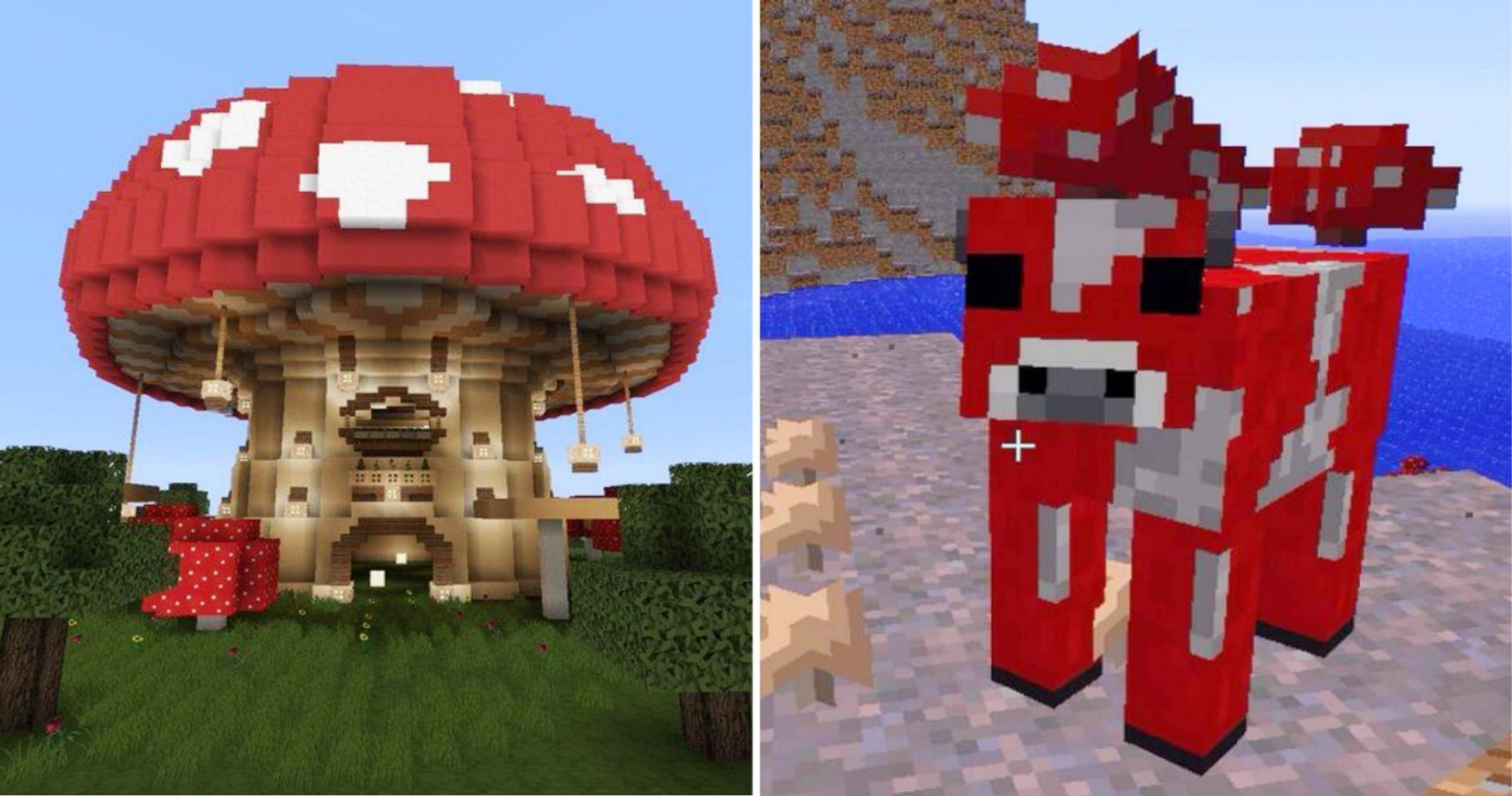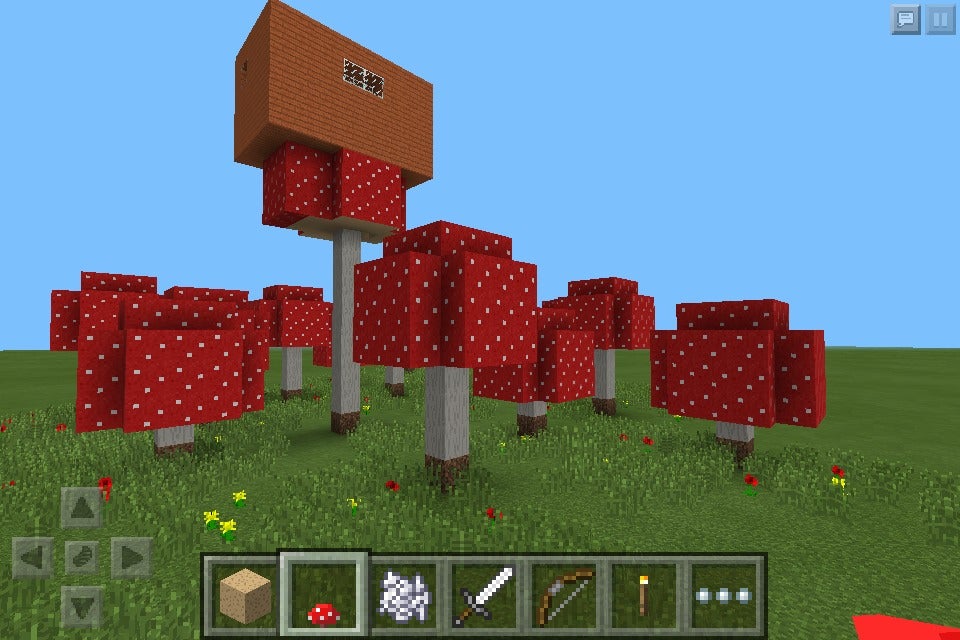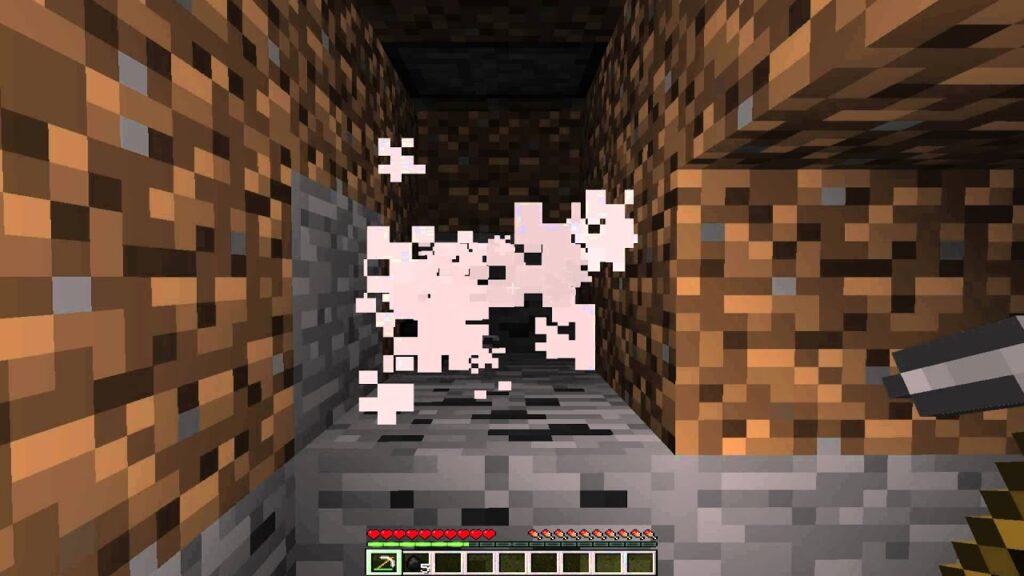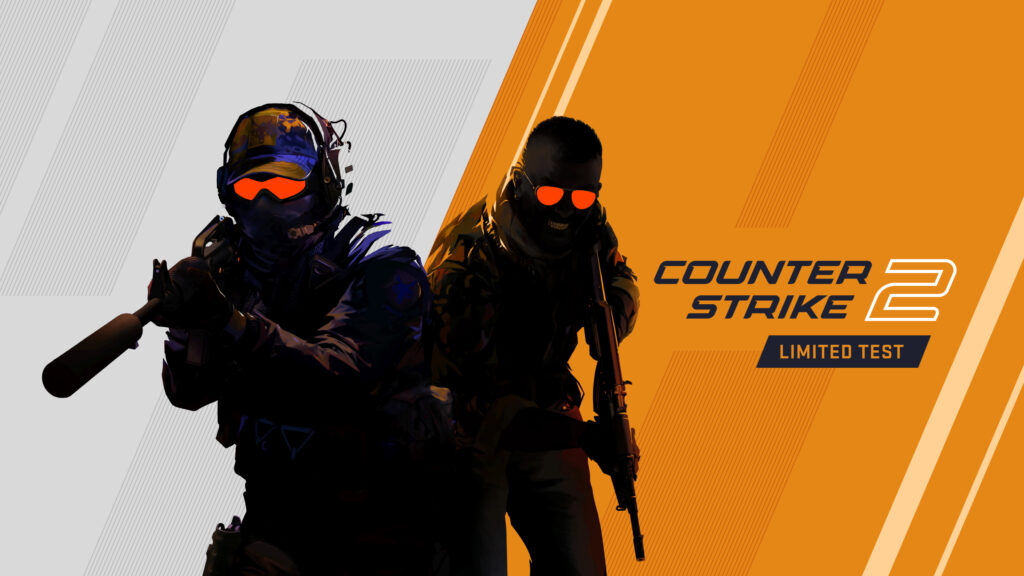
In Minecraft, you can plant seeds to grow various crops, a feature integral to gameplay progression. Beyond crops, you can also cultivate other plant items, such as saplings that mature into diverse trees either naturally or with bonemeal. Here, we’ll delve into the cultivation of common fungi: mushrooms.
Mushroom Varieties
Minecraft features select mushroom variants, omitting others found in the real world. The game includes both red and brown mushrooms. Red mushrooms sport white-dotted red caps with yellowish stems, while brown mushrooms are uniformly brown.
In Minecraft, the belief that consuming a red mushroom yields adverse effects is inaccurate. Red and brown mushrooms are inedible and primarily serve as ingredients.
Mushrooms in Minecraft are categorized based on size. There are standard small variants and larger versions of the same colors resembling trees, with stem blocks forming the trunk and mushroom blocks composing the canopy. While stem blocks remain consistent across both types, canopy blocks and shapes vary. Later in this article, we’ll explore the distinct uses of these larger variants.
Acquiring Mushrooms Naturally in Minecraft
Mushrooms flourish in dimly lit areas, with a light level of 12 or lower. They spawn on the surface of swamps, old growth taiga biomes, and mushroom fields/islands covered entirely by mycelium.
The small mushroom variant appears extensively in the Nether dimension, spanning all biomes and even appearing on the bedrock roof in Java Edition. Giant mushrooms predominantly spawn in dark oak forests and mushroom fields, with both colored variants abundant in these areas.
Small mushrooms can be easily broken by hand or any tool. Mushroom and stem blocks require a silk touch enchanted tool, preferably an axe, to obtain. Breaking a mushroom block without silk touch may yield up to two mushroom items of the same color.
Breaking a stem block yields the same drops as mushroom blocks in Bedrock Edition and nothing in Java Edition. The fortune enchantment in Minecraft does not affect mushroom drops.
Finding Dirt and Growing Mushrooms in Minecraft
- Podzol– Found in old growth taigas and bamboo jungles, podzol can be easily obtained by growing a giant spruce tree variant. Surrounding grass and dirt blocks transform into podzol during this process, and once converted, podzol remains permanent.
- Mycelium – This block covers the surface of mushroom fields exclusively. It spreads to adjacent dirt blocks with a light level of 9 or higher, making it renewable. Mycelium reverts to dirt when a full solid block is placed on top.
- Nylium– Both warped nylium and crimson nylium appear in the Nether within the warped and crimson forest biomes, respectively.
To obtain all the above blocks, you need the Silk Touch enchantment. Spreading mushrooms atop them enhances growth freedom. Remember, for mushrooms to spread while growing, requirements must be met. Surrounding blocks must match those mentioned, or light levels must be under 13.
Growing Giant Mushrooms in Minecraft

Giant mushroom variants, though resembling trees, behave differently. Trees grow randomly from saplings, while huge mushrooms cannot naturally sprout from small ones. To cultivate a massive mushroom, apply bonemeal to a small mushroom. A large mushroom of the same hue has approximately a 40% chance of spawning, with variable height. It necessitates a 7×7×8 block area devoid of solid blocks for growth; otherwise, it remains stunted.
Optimal Mushroom Utilization in Minecraft
In Minecraft, mushrooms offer versatile applications. Let’s explore them:
1. Crafting Component
Combining a brown mushroom, sugar, and spider eye on a crafting table yields a fermented spider eye, a crucial potion ingredient enabling the creation of weakness potions to cure zombie villagers. Explore our sugar cane farm guide if your supply is running low.
Mushrooms also serve in crafting stew in Minecraft, including mushroom stew, crafted with red and brown mushrooms plus a bowl. It restores three hunger points and 7.2 saturation.
Another option is suspicious stew in Minecraft, granting temporary buffs or debuffs akin to a beacon or conduit. Dive into our guide for more on this unique food item.
The final stew is rabbit stew, an expensive recipe requiring cooked rabbit, carrot, baked potato, any mushroom, and a bowl. This dish restores 5 hunger points and 12 saturation.
2. Building and Decoration
Brown mushroom blocks are popular in Minecraft for building due to their earthy tone, which complements packed mud, mud bricks, jungle planks, stripped jungle log and wood, and more. Additionally, the stem blocks have a subtle texture, easily blending with other blocks and featuring a hidden texture.
When one mushroom block attaches to another, the main texture on that side changes to represent the inside of a mushroom with tiny holes. Removing the attached block leaves the exposed texture. Besides using mushroom and stem blocks for construction, you can also place small mushrooms of both colors in a flower pot.
3. Light Source
Though a little silly, brown mushrooms emit a light level of 1, as mentioned in our article covering all light sources in Minecraft. This feature can be useful in certain farm designs. However, they do not emit light when placed in a flower pot.
4. Composting
Utilize mushrooms efficiently when abundant and without specific purpose. Placing any mushroom in a composter yields a 65% chance of generating a layer. Once the composter reaches capacity, it produces a unit of bonemeal, facilitating further growth of giant mushrooms.
Minecraft Mushroom Cooking?
No cooking or utilization as fuel options for mushrooms in Minecraft.
Minecraft Mushroom Growth Conditions?
Mushrooms require a light level of 12 or less or suitable dirt blocks for growth.

Pritam Chopra is a seasoned IT professional and a passionate blogger hailing from the dynamic realm of technology. With an insatiable curiosity for all things tech-related, Pritam has dedicated himself to exploring and unraveling the intricacies of the digital world.



